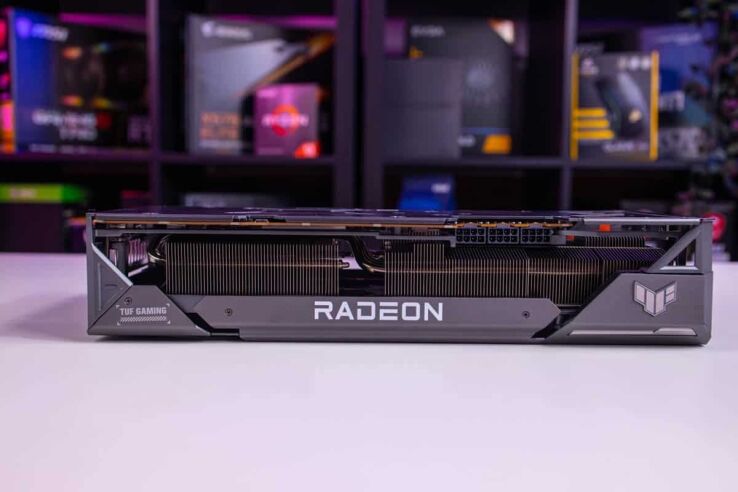How to update AMD drivers – step-by-step guide
To keep up the perfomrnace of your AMD graphics card then updating drivers is key

WePC is reader-supported. When you buy through links on our site, we may earn an affiliate commission. Prices subject to change. Learn more
If you’re looking to get the best out of your new AMD graphics card, then you’re going to need to havr the latest drivers installed. So we’ve pulled together this handy step-by-step guide that walks you through the enture process. If you’re looking to update your Nvidia drivers, you can check out our detailed guide for this. The steps are similar, but feature a few key differences.
Making sure you have right drivers is important as it can cause serious performance issues if you’re looking to play the latest games. Stuttering and a loss of frame rate are the most common symptoms of outdated drivers. The good news is that driver updates tend to coincide with games launches, so it’s always worth checking AMD’s Drivers and Support around these periods.
Updating your AMD GPU drivers is a crucial step to ensure the performance and stability of AMD hardware. Here are the steps for updating and downloading the driver software for your laptop or desktop.
How to update AMD graphics drivers
Step
Determine your AMD GPU model
The first thing you should start with when you are beginning to repair. Before updating your drivers, it’s necessary to identify the model of your AMD GPU. To do this, open Device Manager in Windows, expand “Display Adapters,” and locate your AMD GPU there.
If you already have Radeon software installed then you can easily just update your drivers in there under the systems tab
Step
Download the most up-to-date drivers
Once you’ve identified your AMD GPU model, you can download the most up-to-date drivers from AMD’s website. Simply go to their Drivers and Support page and select your GPU model from the list. Downloading both driver packages for your GPU and operating system will ensure optimal performance and stability.
Step
Uninstall the existing drivers
Before installing the new drivers, it is necessary to uninstall the old ones. To do this, open the Control Panel in Windows and navigate to “Programs and Features.” Locate the AMD driver, as this may take several minutes and your screen may flicker or go black temporarily during installation.
It may be better to use the program DDU as that does a more in depth removal of the drivers.
Step
Reboot your system
Finally, complete step five and reboot your machine. Once the new drivers are installed, it is recommended that you reboot your system in order for them to take effect. Verify in Device Manager that your AMD GPU has been correctly identified and that the newly installed drivers have taken effect.
Updating your AMD GPU drivers involves identifying your GPU model, downloading the most recent drivers from the website, uninstalling the old drivers, installing the new ones, and rebooting your system. By following these steps, you ensure your AMD GPU is performing at its optimal capacity and taking advantage of all available features and improvements. It also minimises the chances of graphics-related problems and leads to significant performance improvements in your video card, so don’t delay.